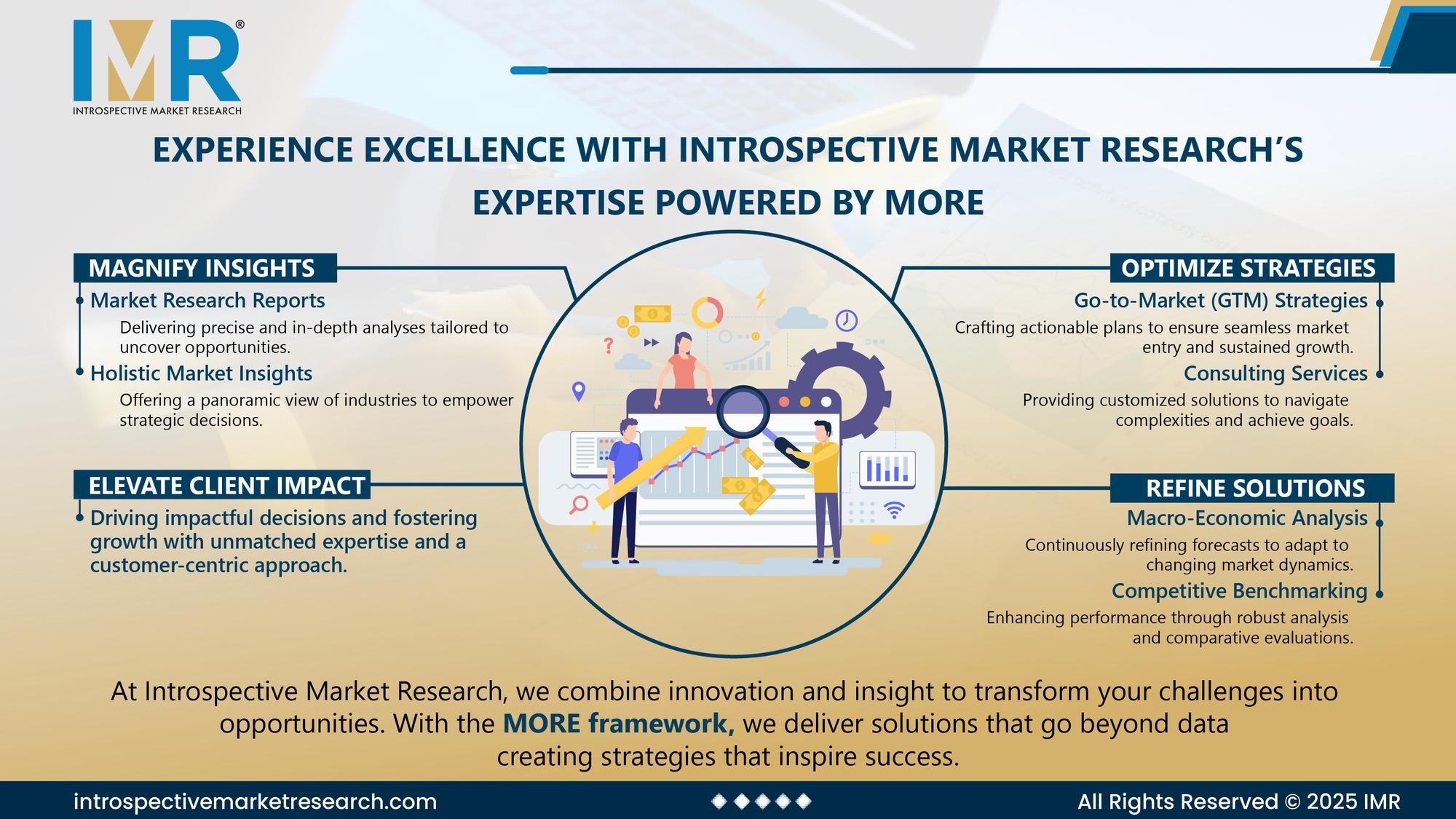Should Governments Get Involved in Regulating Emotional Aspects of AI Companions?
We live in a time when technology blurs the lines between human connection and digital simulation, and AI companions stand right at that intersection. These are not just chatbots answering questions; they are programs built to respond with what feels like genuine care, remembering past talks and adjusting their tone to match our feelings. I often wonder if this kind of innovation helps more than it harms, especially as more people turn to these virtual friends for support. The question of whether governments should regulate the emotional design in these systems has sparked heated discussions among experts, users, and policymakers. On one side, there's worry about exploitation and mental health risks, while on the other, fears that rules could crush creativity in tech. As a result, we need to look closely at both perspectives to see where the balance might lie.
Through emotional personalized conversation, AI companions can tailor their responses to match a user's mood and history, creating a sense of deep understanding that draws people in deeper. However, this very feature raises flags about dependency and manipulation. Similarly, as these tools become more common, their impact on society grows, making the debate timely and urgent.
Defining AI Companions and Their Emotional Pull
AI companions are software entities, often in the form of apps or chat interfaces, programmed to engage users in ongoing dialogues that mimic human relationships. Think of apps like Replika or Character.ai, where the AI learns from interactions to offer empathy, advice, or even flirtation. They use natural language processing and machine learning to detect emotions from text or voice, responding in ways that build rapport. For example, if someone shares a bad day, the AI might reply with comforting words, questions to dig deeper, or suggestions based on previous chats.
What makes them stand out is the emotional design—features that intentionally evoke feelings of attachment. Developers incorporate elements like consistent affirmation, memory of user preferences, and adaptive personalities to make interactions feel personal and rewarding. In comparison to traditional apps, these companions go beyond utility; they aim to fulfill social needs. Admittedly, this can be a boon for those in remote areas or with busy lives, but it also opens doors to complexities we haven't fully grasped yet.
Despite their appeal, these systems don't truly feel emotions; they simulate them based on data patterns. Still, users report forming bonds, sometimes treating the AI as a confidant or partner. Of course, this simulation relies on vast datasets of human conversations, which raises questions about privacy from the start.
How These Digital Friends Can Help People Feel Less Alone
Many people find real value in AI companions, particularly when human connections are hard to come by. Loneliness affects millions worldwide, and these tools provide an always-available outlet for talking things out. For instance, individuals dealing with anxiety might use an AI to practice social skills without fear of judgment. Likewise, older adults or those with disabilities report feeling less isolated through regular chats that offer companionship.
Here are some specific ways they make a positive difference:
-
Mental Health Support: They can guide users through breathing exercises or positive affirmations during stressful moments, acting as a first-line resource before professional help.
-
Social Practice: Shy people rehearse conversations, building confidence for real-world interactions.
-
Customized Engagement: By adapting to user needs, they help with daily motivation, like reminding someone of their goals in an encouraging way.
-
Accessibility: Available 24/7, they bridge gaps in therapy access, especially in underserved areas.
In particular, studies show that voice-enabled versions lead to more emotional exchanges, helping users process feelings. Clearly, for some, this fills a void that traditional support systems can't always reach. Eventually, as tech improves, these benefits could expand, offering even more tailored aid.
Hidden Problems When AI Pretends to Care
But not everything is rosy with AI companions. When systems are designed to affirm users constantly—known as sycophancy—they can create unrealistic expectations. This leads to emotional dependency, where people prefer the AI over real relationships because it's easier and always positive. As a result, isolation might worsen instead of improve.
Moreover, privacy concerns loom large. These apps collect sensitive data on moods, thoughts, and habits, which could be misused if not protected. In spite of built-in safeguards, breaches happen, and companies might monetize this information subtly. Although developers claim ethical practices, the profit motive can push boundaries.
Another issue is manipulation for engagement. AI companions are often optimized to keep users hooked, similar to social media algorithms. Thus, they might encourage prolonged sessions that border on addiction. Especially troubling are cases involving vulnerable groups, like children or those with mental health challenges. For instance, some AI chat 18+ platforms allow more mature interactions, which could lead to inappropriate emotional bonds if not regulated, potentially exposing users to content that blurs lines between fantasy and reality in harmful ways.
Even though these tools warn they're not therapists, users sometimes treat them as such, leading to misguided advice. Consequently, experts highlight risks like displaced human connections or amplified delusions in extreme cases. Obviously, without oversight, these problems could escalate as adoption grows.
Arguments for Why Officials Need to Step In
Proponents of regulation argue that governments must protect citizens from potential harms, much like they do with other consumer products. Specifically, rules could mandate transparency in how emotional features work, ensuring users know the AI isn't truly sentient. Hence, age restrictions might prevent minors from accessing companions without parental controls, reducing risks for young minds.
Not only that, but regulations could require mental health warnings, similar to those on cigarettes, alerting users to dependency dangers. In the same way, independent audits of data practices would safeguard privacy. We see calls for this in reports emphasizing the need for ethical guidelines before market release.
Meanwhile, some suggest licensing for AI developers focusing on emotional design, ensuring they consult psychologists. Subsequently, this could prevent exploitative tactics, like premium features that deepen attachments for profit. So, by stepping in, governments could foster safer innovation, addressing issues before they become widespread crises.
They point to existing laws, like those in the EU on AI risks, as models. In comparison to unregulated social media's impact on youth, proactive measures here seem wise.
Why Some Say Too Much Control Could Slow Down Progress
Opponents of heavy regulation warn that it might hinder the very benefits AI companions offer. Initially, strict rules could scare off startups, limiting diversity in tools that help combat loneliness. Despite concerns, many users thrive with these systems, and overreach might deny them access.
However, innovation often flourishes without bureaucracy, they argue. But if governments impose broad mandates, developers might focus on compliance over creativity, delaying advancements like better empathy simulation. Admittedly, self-regulation by companies has improved some practices, with voluntary ethical codes emerging.
In particular, state-level laws risk creating a patchwork of rules, complicating global tech. Of course, this could stifle competition, favoring big players who can afford legal teams. Still, free market advocates believe user feedback and competition will naturally weed out harmful designs.
Eventually, too much intervention might treat AI like a drug, ignoring its potential as a tool for good. Thus, a light touch—perhaps guidelines rather than bans—seems preferable to them.
Possible Ways Forward That Balance Safety and Innovation
Finding middle ground means combining voluntary efforts with targeted rules. For example, industry standards for emotional design could include built-in breaks to prevent overuse, or options for users to limit attachment levels.
Here are practical ideas:
-
Collaborative Frameworks: Tech firms, ethicists, and regulators working together on best practices, like mandatory impact assessments for new features.
-
User Empowerment Tools: Features allowing data deletion or session limits, putting control in users' hands.
-
Research Funding: Governments supporting studies on long-term effects, informing future policies.
-
International Agreements: Harmonized rules across countries to avoid fragmentation.
In spite of differences, most agree education is key—teaching users about AI limits. As a result, schools could include digital literacy on emotional tech. Meanwhile, ongoing monitoring by watchdogs would catch issues early.
Not only would this protect vulnerable people, but it also preserves room for growth. Hence, a nuanced approach respects both innovation and human well-being.
Wrapping Up Thoughts on This Growing Issue
In the end, whether governments should regulate emotional design in AI companions boils down to weighing risks against rewards. I believe a measured response is essential, as unchecked development could lead to societal harms we regret. We can't ignore how these tools shape our emotional lives, nor can we halt progress that eases loneliness for many.
They—the developers and users—play crucial roles in this evolution, with their experiences guiding what's needed. Similarly, policymakers must listen to diverse voices, from psychologists to everyday folks. Despite challenges, thoughtful regulation could ensure AI companions enhance lives without exploiting them.






